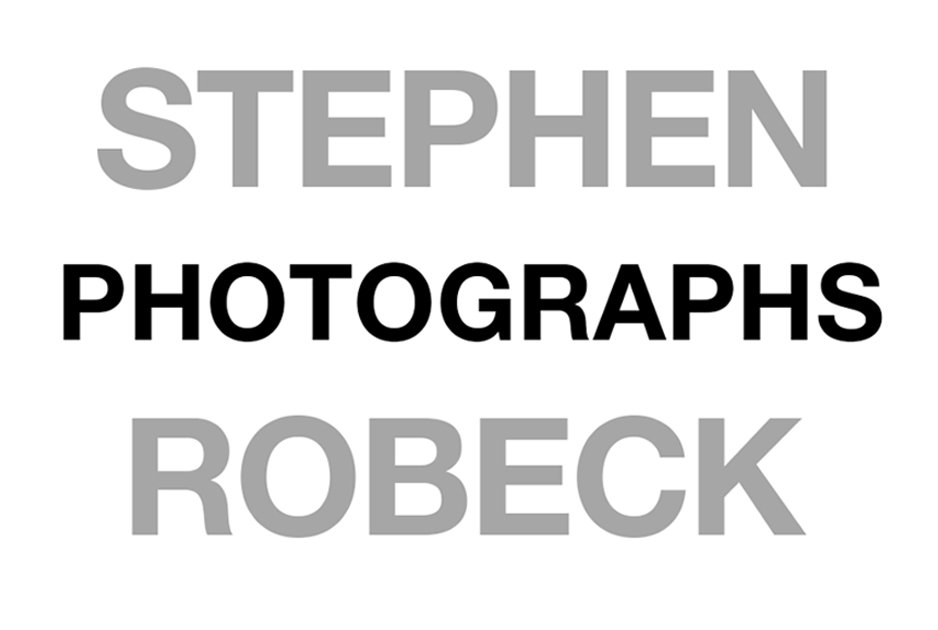Creative Motivation 2
Most of my career involved some intersection between creative and technical things. During my years in marketing, we were constantly balancing the creative demands of partners like Matt Groening (creator of “The Simpsons”) with the realities of low-cost toy manufacturing in China and the business demands of clients like Burger King. Much of this was about problem solving but it was really just another process, albeit with more complicated variables. And during this very busy time my photographic work was mostly limited to recording family activities, gatherings and milestones.
This began to change when we had more time for wilderness backpacking in the Sierra and Rocky Mountains. For the first time in a long time, I found myself in an environment where the camera was just part of the experience, along for the ride. I became interested in panoramas and panographs and did some early experiments. But once again the process was about just looking (at beautiful things) and reacting with the camera. Everything I worked on was in color so the days of the “wet” home darkroom were over, but the digital revolution got started not long after my cameras got busy again.
I’ll never forget going on a weekend hike to the summit of San Jacinto near Palm Springs with an early digital camera, an Olympus 5050. Along the trail there was a foggy mist that sometimes obscured the view. When I got home and looked at this image on my computer screen, I was amazed. It isn't a great photograph, but I never expected that the atmosphere of the moment could be so convincingly captured and rendered. That’s when I decided I wanted to really learn about the digital darkroom. I realized that with digital (and some free time) I could once again control the whole process but with much more powerful tools. And I could do it with the lights on.
Years later, after learning much more about the creative and technical sides of digital photography, I finally had time to think about what the work was ultimately for. Was I doing it only for myself and family? For others? I decided to take the image-making process a step further and learn about framing and presentation. This was partly an economic consideration because good mounting and framing is very expensive, but I also learned I could better control how my images would look when exhibited for others.
So now the process has come full circle. It begins with a creative idea and ends with finished images ready for hanging in a gallery or wherever. If I feel like an image would look good in my house, maybe it would look good in others.

